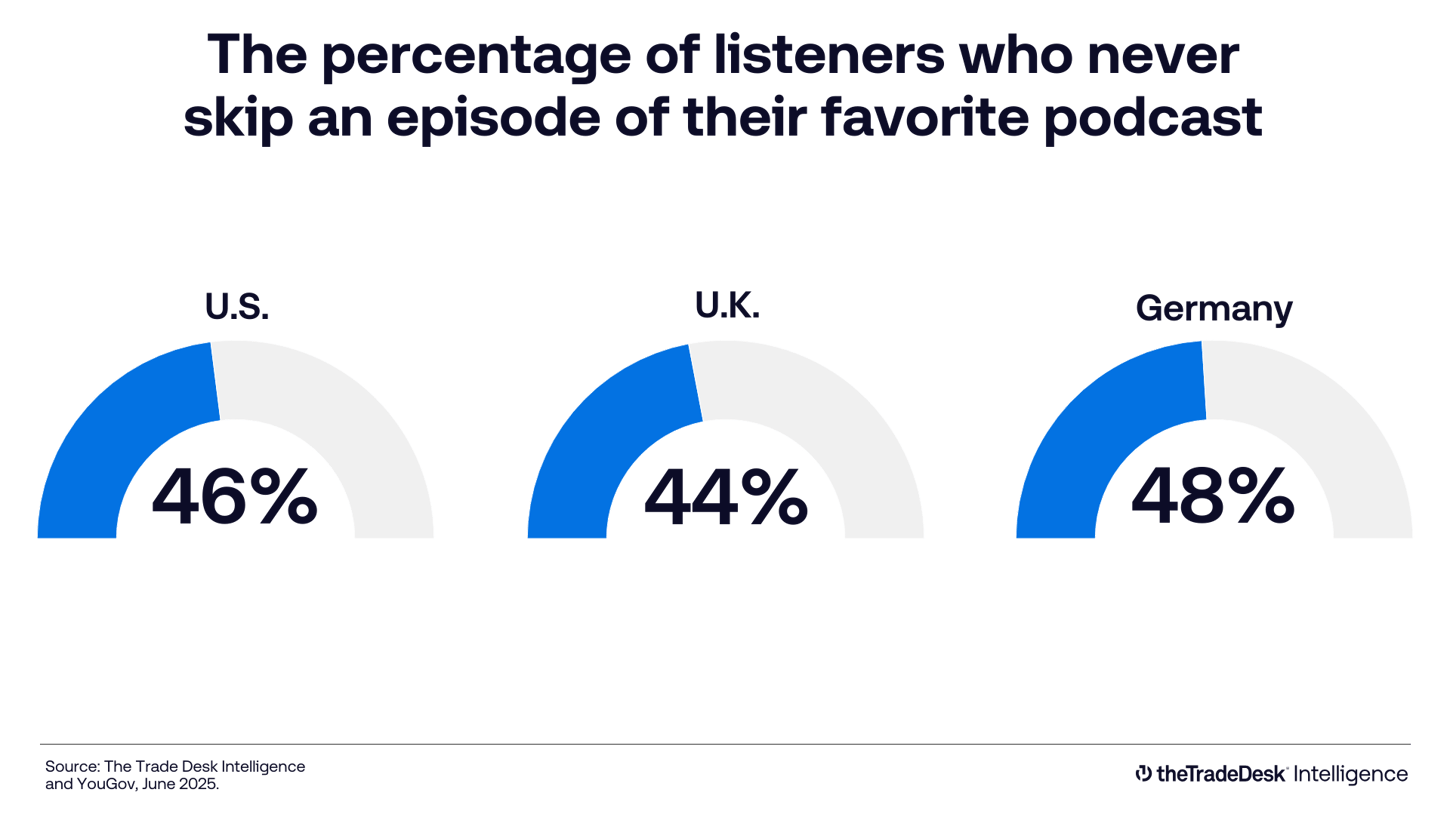Featured Our platform
Your end-of-year media-planning checklist
Q4 is one of the busiest periods in advertising, but it’s also when teams may wind down for the holiday season. The Trade Desk’s AI features and Kokai tools can help make it easier for traders to maintain momentum, troubleshoot issues, and protect performance automatically through the end of the year.





















